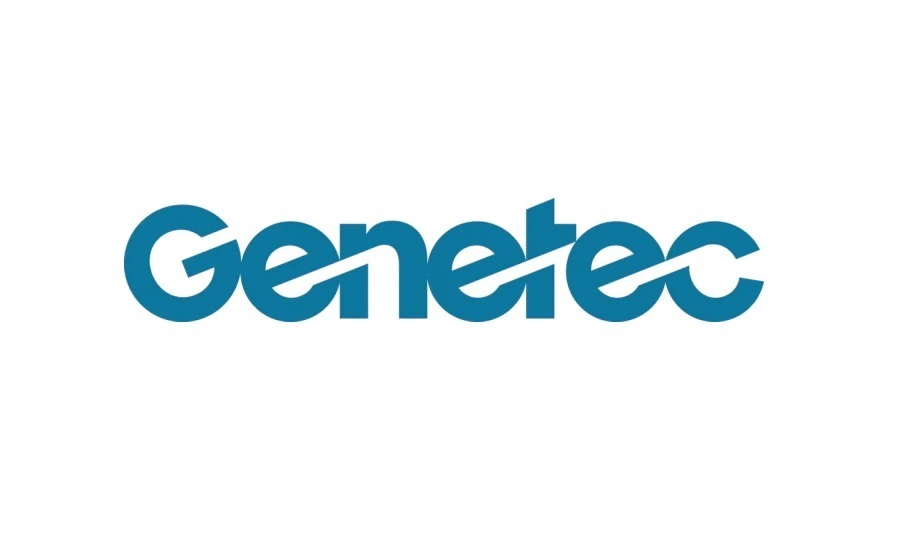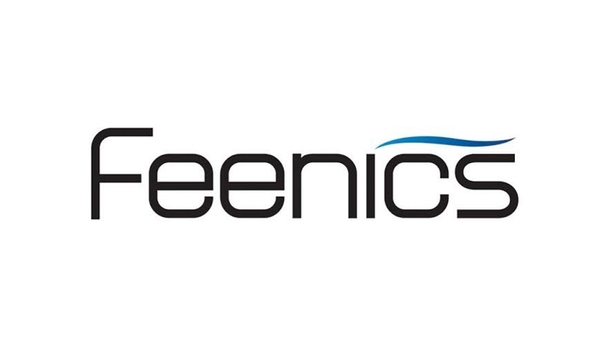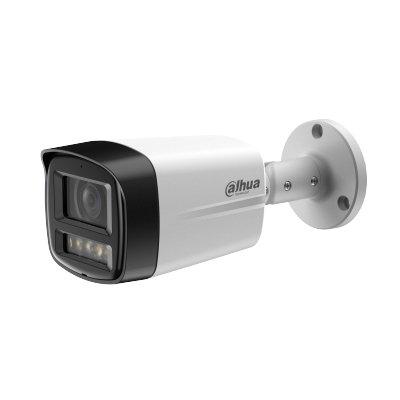Genetec Inc. (Genetec), a technology provider of unified security, public safety, operations, and business intelligence, shares its top 5 predictions for the physical security industry in 2020.
AI: separating facts from fiction
While artificial intelligence (AI) is becoming a household term, it’s far from being a household reality. While machines are making huge steps forward, they are not capable of thinking or acting like humans. What they are really good at, however, is combing through a huge amount of data to provide deeper insights to help humans make informed decisions more quickly and efficiently.
In 2020, one can expect machine learning to continue to make huge strides in the security sector, helping cities and law enforcement deploy their physical resources more efficiently based on predicted trends in crime. Machine learning will also be instrumental in helping automated licence plate recognition systems become better than ever at reading characters, rejecting bad reads, recognising a licence plate’s state of origin and more.
Facial recognition and privacy
Developing solutions using a privacy-by-design approach will help reduce concerns and increase protection
While some people see the deployment of facial recognition or other analytics that can identify individuals and track their movements as a powerful way to enhance efficiency and security, others see it as invasive.
In 2020, developers will need to work hand in hand with regulating bodies, while continuing to improve the technology to eliminate biases. Developing solutions using a privacy-by-design approach will help reduce concerns and increase protection.
Physical identity management
Organisations of all sizes need to control access to their spaces and facilities. However, companies that do not have the budget to invest in costly customised applications have to rely on untraceable processes that involve a lot of human interactions to grant and then revoke access to their secured spaces and facilities.
Keeping track of access on an individual basis requires a great deal of time and energy from security operators, personnel, and visitors. Fortunately, in 2020, the proliferation of out-of-the-box solutions will result in more small and mid-sized organisations moving to cloud-based identity management systems that they can implement easily.
These more affordable Physical Identity and Access Management (PIAM) solutions will help organisations secure their systems and facilities by effectively managing access requests based on an individual’s identity and an organisation’s security policies. They can also ensure that only those individuals who have the right to access a secured area can do so by managing and automating the process.
Improving data protection with blockchain
While blockchain is typically associated with cryptocurrency, it’s increasingly being used in other sectors
While blockchain is typically associated with cryptocurrency, it’s increasingly being used in other sectors. Essentially, it’s a non-destructive way to track data changes over time. When used in security technology, blockchain can prevent tampering with video and access control evidence as well as identity management systems.
Because of its capacity to track interactions with digital files, blockchain can determine if a file has been tampered with, and then provide information about where and when the tampering occurred. This is incredibly powerful when it comes to maintaining the chain of custody and ensuring that security data has not been manipulated.
Its already being used by enterprise-level, global organisations that are looking for a technology to underpin their security systems. As the benefits of blockchain become more widely recognised, others will also start using it to protect the integrity of both their operational and security data.
Continued focus on cybersecurity
Cybersecurity will continue to be a huge issue for the physical security industry in 2020. As companies collect more data, they’re going to have more data to protect. Governing bodies and responsible manufacturers are already working in partnership with academic researchers, technology experts, civil rights advocates and industry pioneers to regulate the use of potentially invasive technology, and the procedures required to safeguard against data breaches.
These partnerships will only strengthen in 2020. In addition to helping guide regulations, manufacturers will need to invest heavily in cybersecurity by building protections into their products by default. For all involved, the goal will be to promote security while protecting individual privacy and civil liberties. Only if done correctly, the manufacturers will be able to have both at the same time.



















